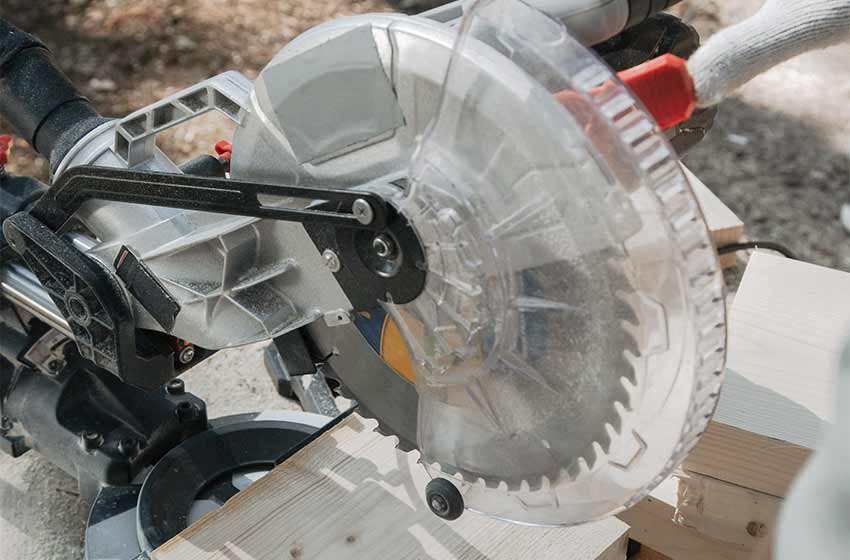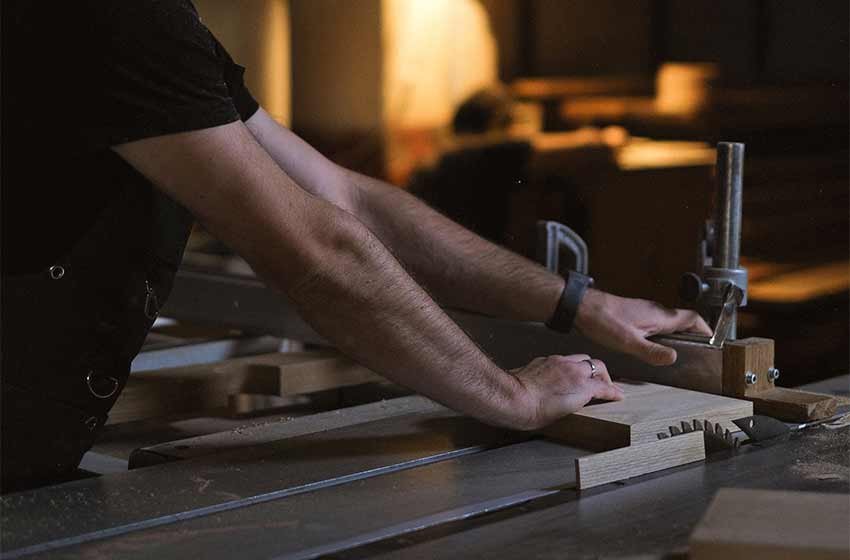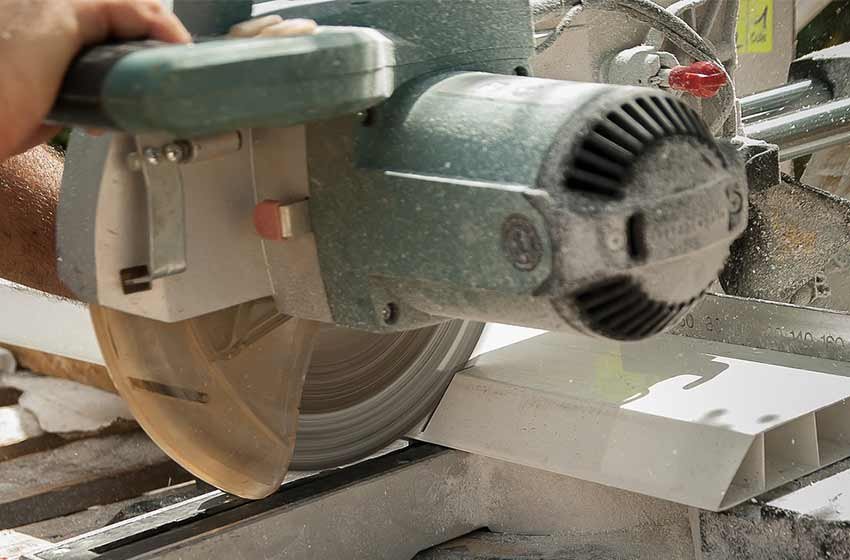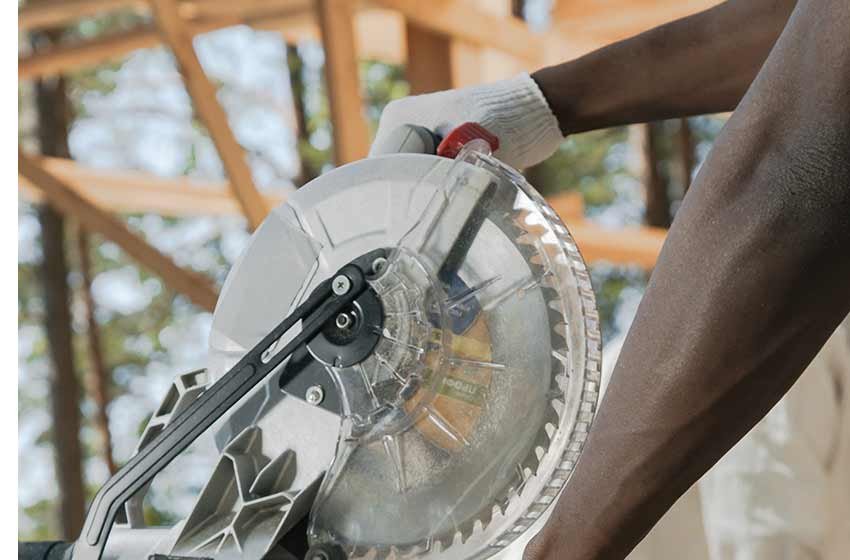Drilling into stucco may seem like an easy task, however this type of material can be prone to cracking if not done with care. With the proper tools and technique, however, you can easily and efficiently drill into stucco without it cracking.
So, how exactly do you drill into stucco without it cracking?
You can drill through stucco as long as you have the right drill bit and drill. Be sure to use drill bits with carbide or diamond tips and use a hammer drill if you are looking to make a larger hole.
Many people wonder if they can actually drill through stucco because it is such a hard, concrete-like material. You can definitely drill into this material, however, as long as you have the proper tools and know what you are doing.
What is Stucco?

Stucco is a hard building material that is made with water and sand. When used on walls and ceilings, stucco starts out as a wet paste and dries into a thick, hard sheath. Stucco is typically spread on top of other framework to result in a unique, decorative coating.
Stucco is a great material to use because it is easy to repair. If it develops chips or cracks, you can spackle over them with more stucco paste. It is also cheap and relatively fire resistant.
Types of Stucco
There are two different types of stucco: synthetic and traditional.
Traditional stucco is made of cement, water, lime, and sand. This mixture is blended into a paste and spread over exterior framework.
Synthetic stucco, or Exterior Insulation Finishing System (EIFS) is made of mesh, foam, and top coating.
The two different types of stucco look almost identical. The best way to tell the difference between the two is to press on it. If the stucco sounds hollow and soft, it is synthetic. Traditional stucco does not sound hollow and will not give way once it is put under pressure.
Why Use Stucco?
Stucco is an inexpensive finishing option for the exterior of your home. It is a good insulator and quite energy efficient. Stucco comes in plenty of different colours and can easily be detailed or manipulated for decorative purposes.
Stucco can last for about 50 years without an replacement or refinishing. Improvements are being made all the time to prevent stucco from cracking as well.
Type of Drill
If you want to make very small holes in your stucco, you can get away with using a standard drill. You luckily will not have to invest in a fancy, specialist drill if small holes are all you want to accomplish.
If you will be using a larger drill bit to make a larger hole, be sure to invest in a hammer drill so that you can easily penetrate the hard surface of the stucco.
Type of Drill Bit
There are a lot of drill bits to choose from, so think about what exactly you want to accomplish before you go ahead and begin drilling.
Smaller bits can of course be used with a standard drill if you want to make very small holes in your stucco.
Larger bits may require an SDS connection because they are made for rotary hammers and not necessarily drill drivers. Make sure you have all of the correct connections before you start your project.
The best types of bits to drill into stucco with are hole saw bits that either have carbide or diamond tips. Using these tips in conjunction with a hammer drill is the best option for drilling into stucco.
With patience and skill, the hammer drill will get the job done and using water to cool the tips throughout the process is a must.
Steps to Drilling Stucco

Now that you understand what exactly stucco is and how it is made, you are ready to drill into it.
- Gather your supplies- Make sure that you have a tape measure, pencil, suitable drill bit, wall anchor, screw, and standard or hammer drill.
- Figure out where you need to drill- Use your pencil and tape measure to find exactly where you want the hole drilled into the stucco.
- Find the drill bit that fits the hole- Make sure you drill bit is not too large for the hole you want to create, otherwise the screw will not fit properly.
- Attach the drill bit- Fasten the drill bit onto your drill.
- Bring the drill bit to the position- Using both of your hands, line up the drill bit with the pencil mark you made on the stucco in step 2.
- Turn the drill on- Pull the trigger and turn the drill on; put a little bit of pressure onto the drill, but not too much. The drill bit should automatically move into the stucco while you pull the trigger.
- Keep drilling until you feel no resistance- Drill into the stucco until you do not feel any more resistance or until the desired length is reached. Do drill much further into the wall than the length of the screw is in order to ensure a strong hold once you are finished.
- Remove debris- After you have drilled the hole, turn off the drill and remove the debris and dirt from the hole you have now created; you can accomplish this using a can of compressed air or a baster. Make sure the debris does not blow into your face.
- Put the screw in- If you want, you can use a wall anchor as well. If you use a wall anchor, put a tiny dab of caulk into the hole to hold it in place.
Do not try to drill into stucco if it is damaged. Once you repair and dry cracked stucco, then you can drill into it very carefully.

Stucco Alternatives
If you do not like the look or texture of stucco, there are several alternatives you can consider for the exterior of your home.
Vinyl siding is frequently chosen as there are many varieties and looks to choose from. Vinyl is very budget friendly as well.
Veneer is another choice that many people go with for its unique decorative appearance. It is quite durable that comes in many different colours and textures. Some types of veneer even mimic a natural stone look.
Bricks are also another alternative to stucco. While this is quite an expensive option, bricks bring a classic look to any home.
Frequently Asked Questions

Here are the answers to some frequently asked questions regarding stucco.
Should I hire someone to fix my stucco or can I do it myself?
This is really up to you and how you evaluate your own DIY stills. Stucco can be quite easy to repair as long as you have the right tools and experience.
Can I hang things from stucco?
Stucco is an extremely durable material, which makes it perfectly suited to hang things from. As long as you follow our tips and tricks for drilling into stucco, you should be able to hang things from it with no problem.
Where can I buy stucco?
Stucco typically does not come prepared. Instead, you usually will need to buy a stucco kit and mix it yourself.
Conclusion
Before you drill stucco, make sure it is in good condition first. As long as you have the right tools, drilling into stucco can be quite easy.
Make sure you follow the steps detailed above closely and you should have no problem drilling into stucco.










